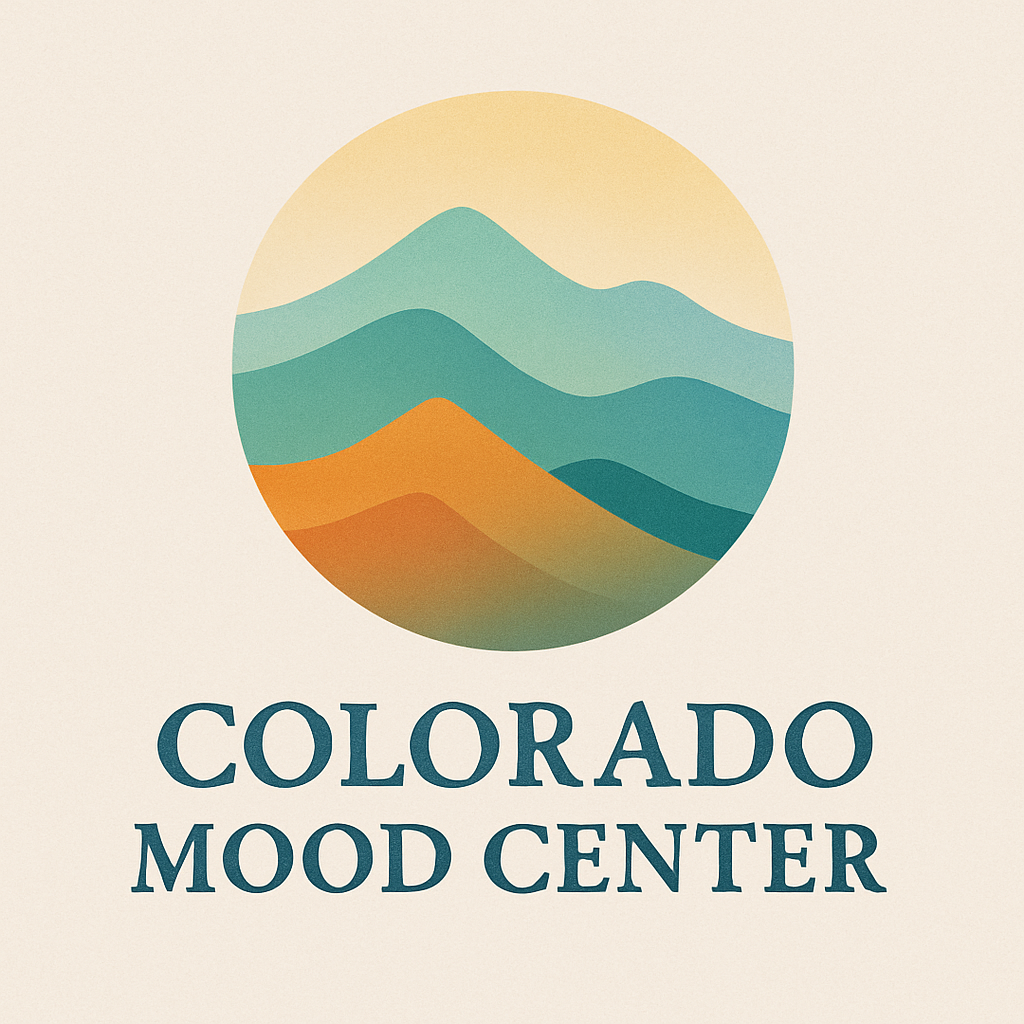When anxiety isn’t just anxiety: could it be a mixed state?
Most people recognize anxiety when they feel it: racing thoughts, a pounding heart, constant worry. It can feel overwhelming. But for some people, anxiety isn’t the whole story. It’s just one piece of a much more complicated mood picture—especially if that anxiety comes with irritability, insomnia, mood swings, or sudden bursts of energy. In these cases, the anxiety may not be a standalone condition at all. It could be a sign of a mixed state.
What Is a Mixed State?
In psychiatry, a “mixed state” refers to a condition where symptoms of both depression and mania (or hypomania) show up at the same time. Instead of being purely depressed or purely elevated, someone in a mixed state might feel agitated, restless, and low—all at once.
People often describe it like this:
“I feel like I can’t slow down, but I’m not happy either.”
“I’m exhausted but can’t sleep.”
“I’m angry and tense, but underneath, I’m also really hopeless.”
These emotional contradictions are confusing—not just for the person experiencing them, but sometimes for providers too. Unfortunately, mixed states are frequently misdiagnosed as anxiety disorders, especially if racing thoughts, panic attacks, or restlessness are front and center.
Anxiety or Mixed Depression?
Here are some signs that your “anxiety” might actually be part of a mixed state:
Mood instability: You notice your emotional state changes rapidly—one minute you’re anxious, the next you’re irritable or even euphoric, followed by a crash.
Racing thoughts during depression: Your mind won’t stop, even though you feel sad or hopeless.
Energy without direction: You’re physically activated—pacing, fidgeting, talking fast—but emotionally distressed.
Agitation instead of apathy: Rather than feeling slowed down, you feel wired, restless, or even angry.
Trouble sleeping despite fatigue: You’re bone-tired but your brain won’t turn off.
These symptoms don’t fit neatly into boxes labeled “anxiety” or “depression.” That’s because they belong to the bipolar spectrum, especially in its subtler forms like bipolar II or mixed depression.
Why It Matters
Treating mixed states as if they’re simple anxiety or major depression can lead to problems. For example, some antidepressants can actually make mixed states worse—leading to more agitation, irritability, or emotional instability. This is one reason why people with mixed symptoms often say, “I tried meds, but they just made me feel off.”
Understanding the true shape of your mood can open the door to better treatment options—like mood stabilizers or carefully selected medications that don’t overstimulate already agitated systems.
A Different Way of Seeing Mood
At Colorado Mood Center, we use a more nuanced framework to evaluate complex mood states—drawing from both modern research and earlier clinical models, like the ACE model (which looks at Activity, Cognition, and Emotion separately) and the original work of psychiatrists like Kraepelin and Koukopoulos. These models don’t just ask “Are you anxious?” or “Are you depressed?”—they ask how your symptoms interact over time, and what they might really mean when viewed as a whole.
Because here’s the truth: “Anxiety” is sometimes just the surface layer. The real diagnosis lies deeper.
What You Can Do
If your anxiety feels different—more restless than worried, more irritable than scared—it’s worth having a full evaluation with someone who understands the complexities of mood. At Colorado Mood Center, we take the time to listen, map out your mood patterns, and explore diagnoses that may have been missed elsewhere.
You don’t have to settle for a treatment that doesn’t fit. If your symptoms feel tangled, your diagnosis might need to be untangled too.
